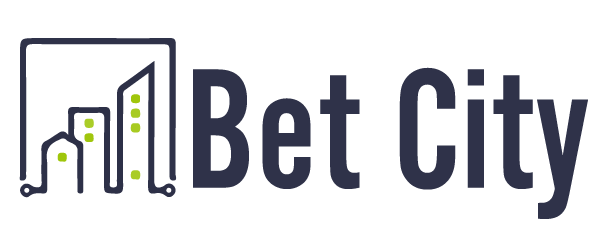CNC programmers that employ dynamic toolpaths are able to produce top quality results, while also cutting down the time required to cut with air as well as cycle time. This can also increase the utilization of the machine.
PSO is a social algorithm which takes an optimal path by balancing exploration and exploitation.
Efficiency Strategies
In the event of an improperly designed tool path, the machine may spend more time cutting each part that is needed. The result is a rise in use of energy, increased wear and tear on the tool and reduces the life of the machine. The toolpath that is optimized for the job can ensure that only the required amount of material gets cut. The cycle duration and energy use are minimized.
Another important factor is that it can be used to decrease deflection of force and prevent damaging parts or the machine’s quality. For this purpose, a variety of techniques can be employed.
The algorithms are able to combine and develop paths to improve toolpaths by making use of concepts like natural selection and evolutionary theory. These techniques frequently produce efficient pathpaths to complex geometries that would be difficult to tackle by other techniques. ACO and PSO will also identify issues regarding placement (e.g. rapid moves that harm the in-process material) and slow down the movements in order to conform to programmed rates of feed to safeguard the machine.

Optimizing Toolpaths
Many types of tool path optimization strategies offer numerous benefits, including optimizing efficiency, cutting down costs while increasing accuracy. If you’re trying to cut down on cycle time as well as improve the finish of your surface or prolong the life of your spindle, the dynamic optimization of tool paths offers the latest methods to make it happen.
The algorithm seeks out the best path using repetitions as well as “generations”. They are able to take into consideration the conditions of machining and the parameters of the machine in order to determine the optimal path for the job at hand.
The algorithms gain knowledge by engaging with the machining environment changing the path of the tool according to the situation and evolving over time. The algorithms are able to adapt to the varying conditions of the actual machine, which results in a more efficient overall toolpath that increases productivity and the reliability of aerospace and medical equipment. This also improves the efficiency of machining by reducing the tool’s energy consumption. This helps to save money as well as help companies provide competitive quotes within a competitive industry.
Techniques
CNC machining is complex and time-consuming, but advances in the field of toolpath optimization have made this process more efficient and precise. Companies can make huge gains in efficiency and accuracy by using algorithms like genetic algorithms, particle swarms and even ant colonies.
Innovative Methods
Genetic algorithms employ the principles of natural selection to find the most effective paths for tools which allow for adjusting the paths as it goes along to improve over its predecessor. ACO and PSO are both algorithms for swarm intelligence, utilize the swarm behaviour, like the behavior of fish schools or bird flocks, to optimize a path. They are adept at finding the right balance between exploring and exploitation. This makes them ideal for environments with a lot of activity such as machine shops.
The toolpath is optimized by reinforcement learning in order to achieve specific goals, such as cutting down on overcuts and decreasing the force on the cutter. The algorithms can gain knowledge from studying information, and interact with the machine environment and continually improving the toolpaths by analyzing feedback immediately.
Benefits
Utilizing advanced CAM software to improve the tool path helps achieve huge gains in part accuracy. This improves reliability as well as the range of designs possible.
The paths of tools that are not optimized can go from hit to hit or even sequence hits in a poor way. This results in a program that is messy and chaotic. An optimized path using clean rectangles as well as short jumps could eliminate traverses that don’t need to be taken or reduce the length of the course.
VERICUT Force optimization can reduce cycles by cutting out unnecessary movements for positioning, or slowing down the feed-rate when entering or leaving the material. It allows users to run CNC machines with a greater pace khac mica gia re while maintaining most efficient feed rates. Through reducing operator and machine duration, the users are able to significantly increase production efficiency and reduce manufacturing expenses. The best tools ensure that shearing energy gets transferred to the materials effectively.
